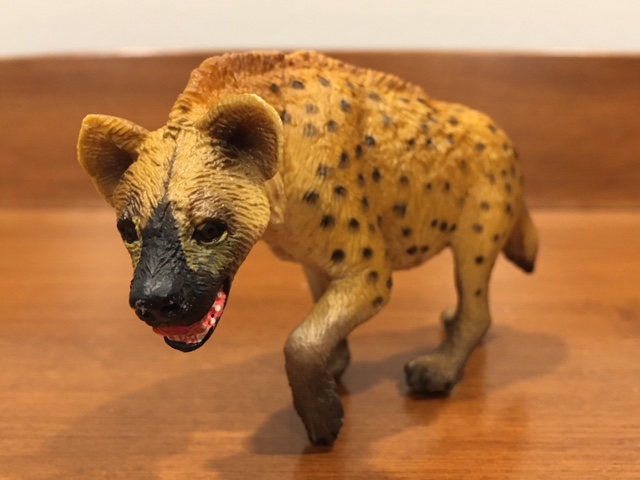
Review and images by Suspsy; edited by bmathison1972
Spotted or laughing hyenas (Crocuta crocuta) are masterful hunters of the African savannah that kill up to 95% of their food as opposed to scavenging it. They have the largest group sizes and the most complex social behaviour of any member of the order Carnivora.
Read more
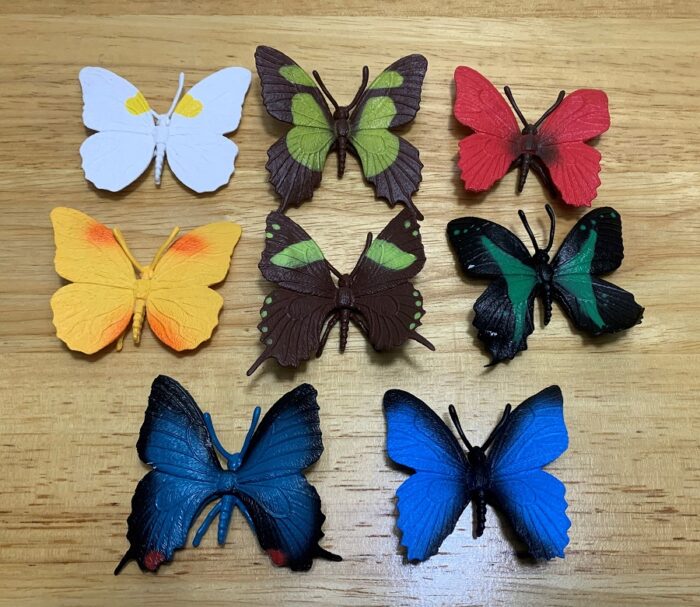
Butterflies are unquestionably the most popular and universally loved insects. You would be hard pressed to find someone that fears or loathes butterflies in the same way a lot of folk’s fear and loathe moths, for example. Even if butterflies are basically glorified, diurnal moths themselves. Butterflies and moths both belong to the order Lepidoptera and although moths first appear in the early Jurassic, 200 million years ago, butterflies don’t show up until the Paleocene, 56 million years ago, having evolved directly from moths.
Read more

Of all the pinnipeds, none embody ubiquity quite like the harbor seal (Phoca vitulina). This species is also known as the common seal as it’s the most widely distributed species of any seal, sea lion, or walrus. They are found all along the marine coastlines of the Northern hemisphere.
Read more
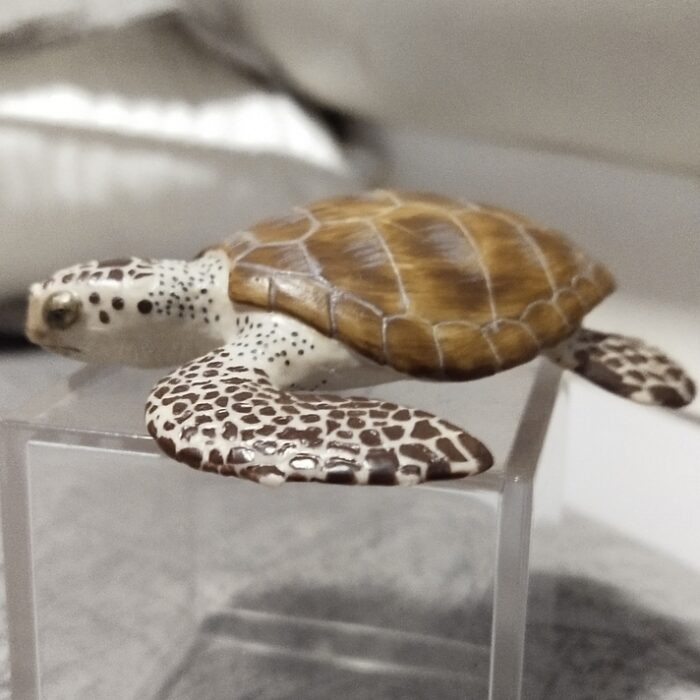
Review and images by JimoAi; edited by bmathison1972
Sea turtles are majestic animals. They have been on this planet since the Jurassic period and are still swimming our seas today. When other marine reptiles like the ichthyosaurs, plesiosaurs, and mosasaurs went extinct by the KT mass extinction, the oceans were left with just snakes, turtles, the marine iguana, and saltwater crocodiles.
Read more

The llama (Lama glama) is a domesticated South American member of the Camelidae family and is notable for being one of the only large animals domesticated outside of Eurasia. Alpacas, another domesticated Camelid from South America are similar to llamas but belong to the genus Vicugna along with the wild vicuña (V.
Read more
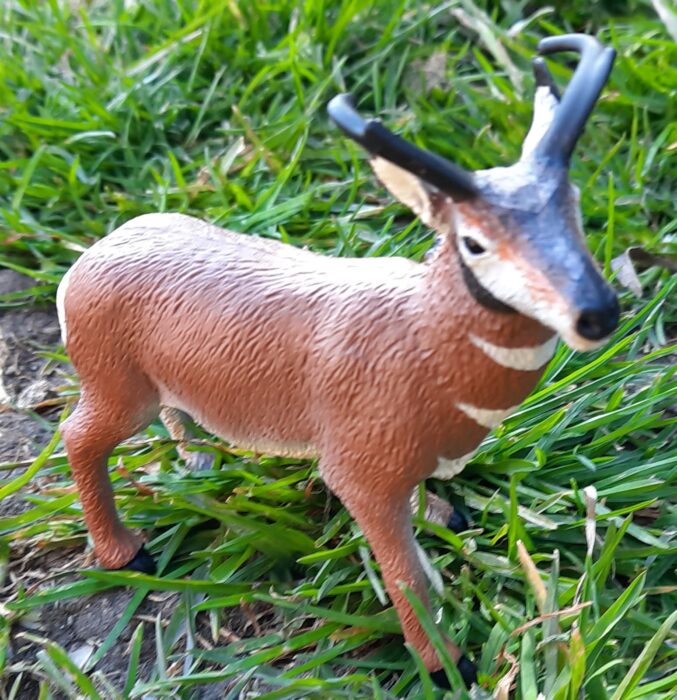
Parallel evolution has produced some interesting creatures. Antelopes in the “Old World” mix speed and antlers in order to keep themselves safe, and this combination can be seen in the pronghorns (Antilocapra americana). An impressive set of antlers is matched with an even more incredible land speed, keeping them safe from predators, ancient and modern.
Read more

Review and images by Suspsy; edited by bmathison1972
No animal is more associated with Canada than the beaver (Castor canadensis). Many First Nations tribes from the Haida to the Cree to the Mi‘kmaq include it in their legends, usually emphasizing the animal’s industrious nature. Moreover, the fur trade, which began in the 16th century and upon which the entire nation was built, was based primarily on beaver pelts.
Read more
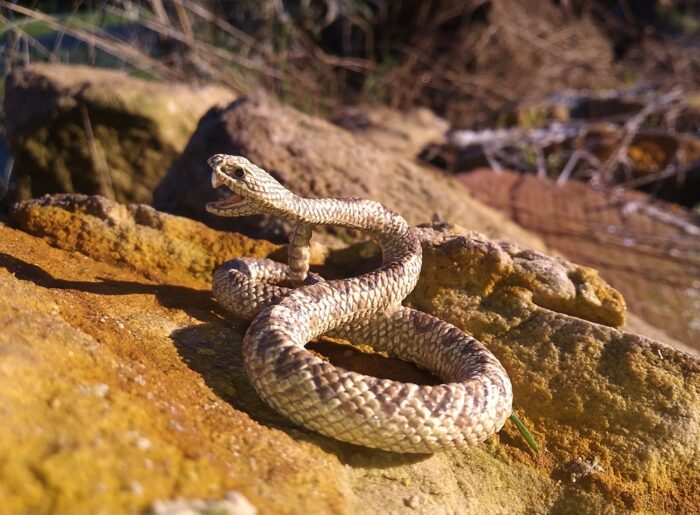
Review and images by Lanthanotus; edited by bmathison1972
Amongst the suborder of Serpentes (Snakes) with their quite uniform body plan, rattlesnakes make a somewhat exotic difference. Few species of snakes have keeled or largely overlapping scales which give the rattlesnakes’ skin a rather coarse appearance, some species even have small horns above their eyes, and all have small ridges above their eyes which bestows them the sinister look of all vipers.
Read more
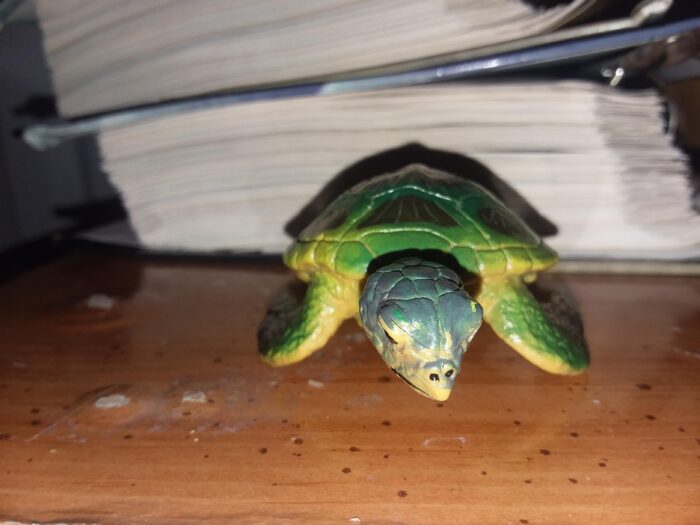
With the loss of the great Mesozoic marine reptiles such as ichthyosaurs, mosasaurs, and plesiosaurs, turtles remain the most popular reptilian taxa that are recognized for roaming the Earth’s oceans. Seven species currently exist, and among the most popular and longest-studied is the green sea turtle (Chelonia mydas).
Read more
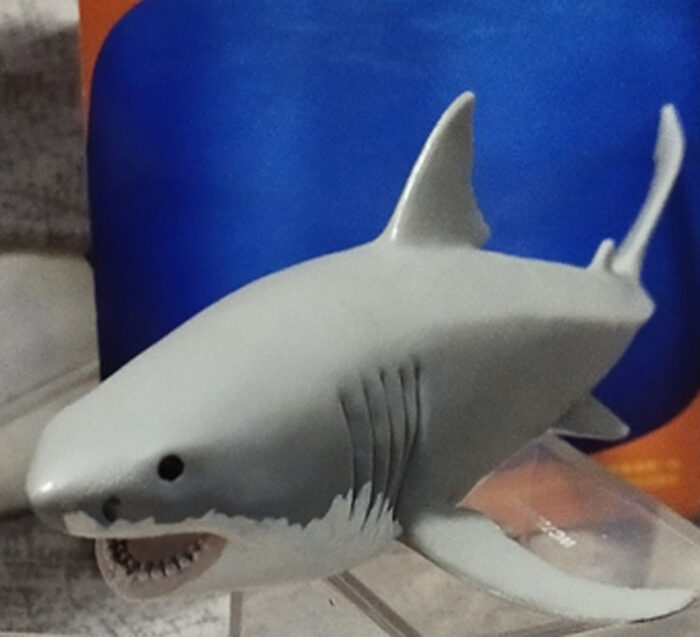
Review and images by JimoAi; edited by bmathison1972
In the waters of New Zealand, Mia scans her surroundings. She sees a colony of New Zealand fur seals. She is the largest predatory shark, and although the tigers, bluntnose sixgills, great hammerheads, and sleeper sharks can reach similar lengths, they are outweighed by the great white (Carcharodon carcharias).
Read more
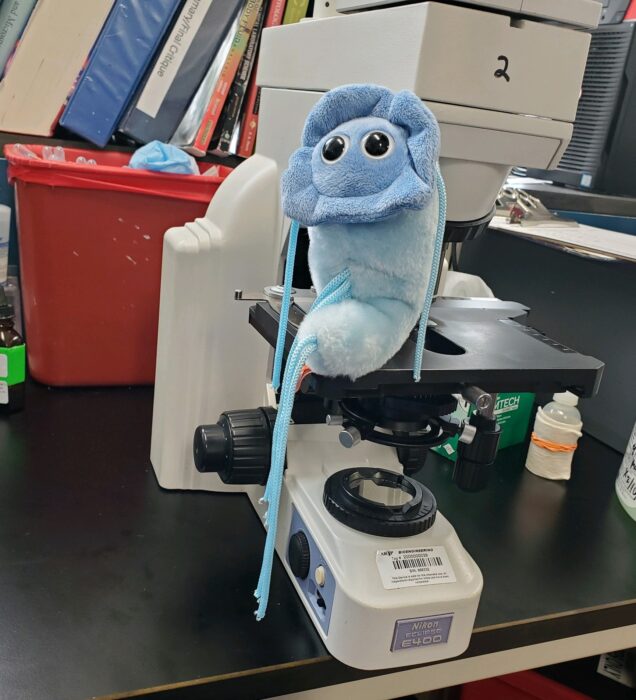
Today’s review was photographed on-site in the diagnostic parasitology lab I work in. In fact, I don’t own this figure (I don’t collect plush figures); it hangs on the white board in the lab. The figure I am referring to is that of the trophozoite stage of Giardia duodenalis (sometimes referred to by its synonyms as G.
Read more
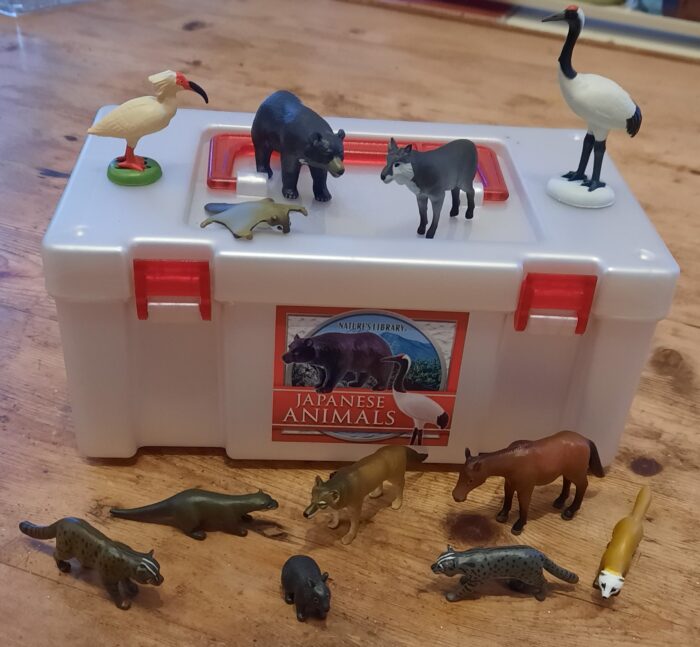
Well, here we are. I’ve reached a big milestone, my 50th review! I want to thank everyone who read, rated and commented on my reviews to this point. I also want to thank bmathison1972 for editing my work. For this milestone, I wanted to cover something well made and on the more expensive side, so I chose the Japanese Animals set by Colorata.
Read more















